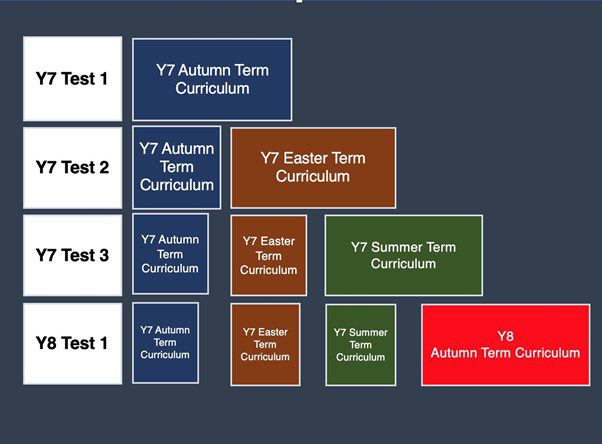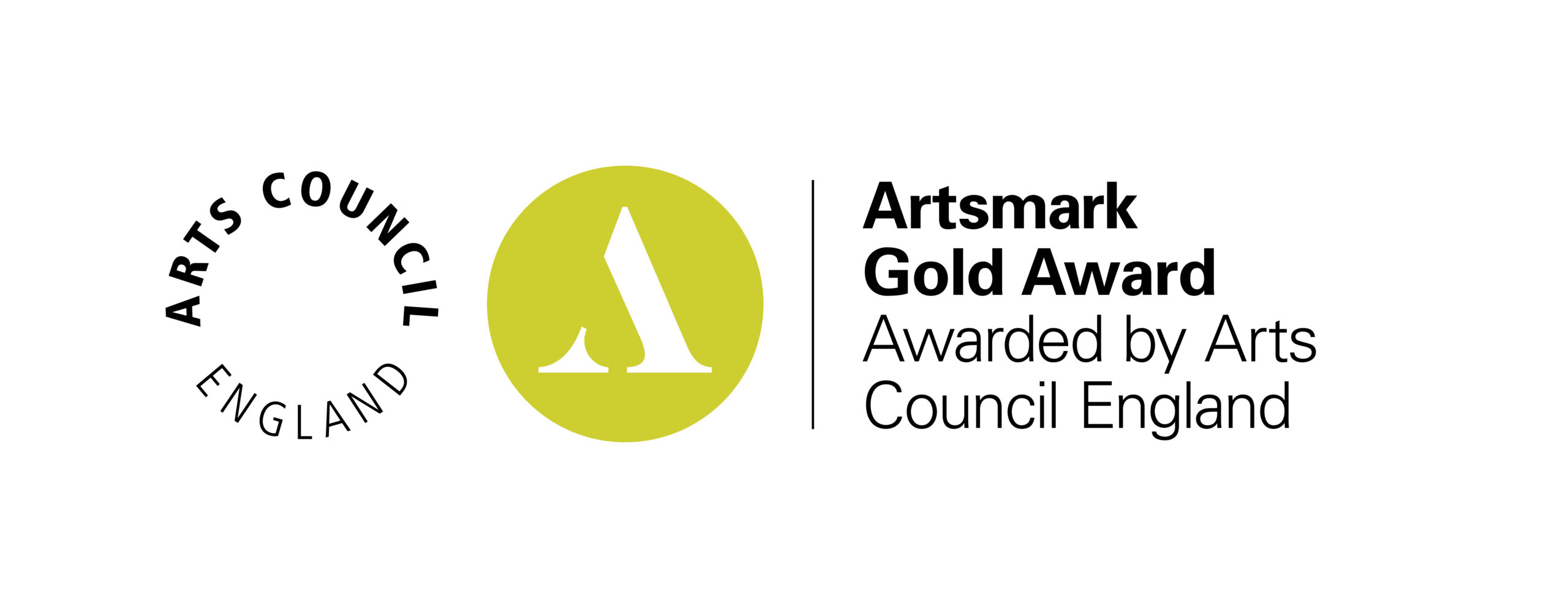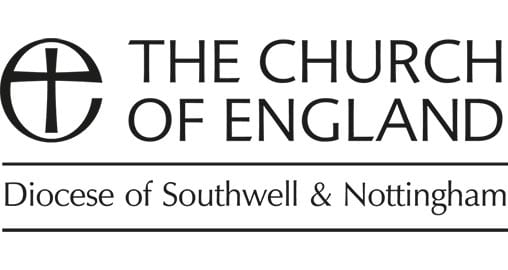At Queen Elizabeth’s we deliver our lessons using fully guided instruction using the ‘I do, We do, You do’ model (Killian, 2016).
- I do – teachers, as subject experts, deliver content to students who listen and make notes or annotate, as instructed by the teacher.
- We do – the teacher models how to apply the new knowledge to a task using questioning to ensure students understand.
- You do – students work independently on a similar task to that modelled by the teacher. Teachers circulate the room giving verbal feedback that students can action immediately.
All lessons start with a knowledge retrieval activity to support students to activate the prior knowledge they need for the new content within the lesson. This retrieval can also help to embed core knowledge into long-term memory.
We believe that our teaching model, paired with a knowledge rich curriculum, is the right choice to enable our students to be successful and is based on academic research, for example ‘Why don’t students like school’ (Willingham, 2009) and ‘Principles of Instruction’ (Rosenshine, 2012).





